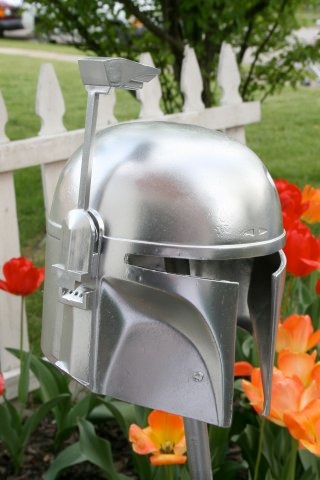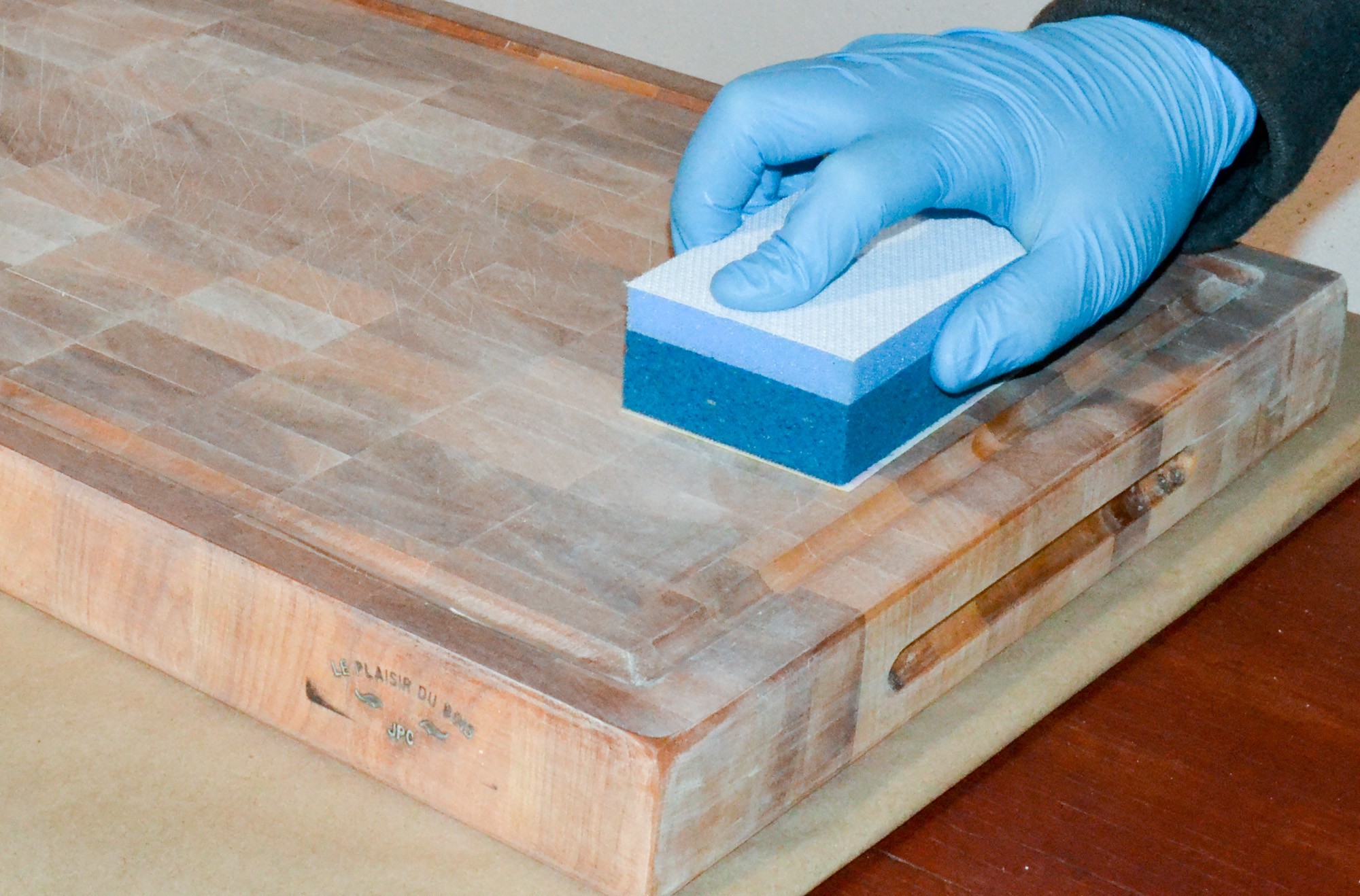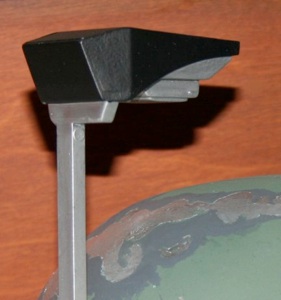This time, we’re going to talk about How Long Do You Let Epoxy Dry Before Sanding. There is a lot of information about Epoxy Second Coat on the internet, of course. Social media are getting better and better quickly, which makes it easier for us to learn new things.
How Long Before You Can Sand 5 Minute Epoxy and How Long Before You Can Sand 5 Minute Epoxy are also linked to information about How to Achieve a Layered Epoxy Resin Effect. As for other things that need to be looked up, they are about How Long Does Epoxy Paint Take To Dry? (& Speed Up Tips) and have something to do with how long do you let epoxy dry before sanding.

26 Tips for How Long Do You Let Epoxy Dry Before Sanding | Sanding Epoxy Resin With Orbital Sander
- Here’s how to layer resin - using deep pour epoxy, your first pour will be a colored one, where you’d use the powdered pigments set. We recommend leaving at least a ½-1 inch above in the colored coat, so that you’ll have room to pour a clear coat next. This will create a stunning glass effect that will allow you to look directly into the piece. - Source: Internet
- Overall, epoxy paint takes a while to cure. This is because the paint is designed to be used in heavy traffic areas. As such, the paint will take some time to dry and harden enough to handle heavy use. Also, epoxy paint requires a chemical reaction to dry and this will take some time too. - Source: Internet
- Air-drying is a process where the paint particles in the one part epoxy dry and harden based on exposure to cool air. This process is very similar to how traditional paints dry and cure. And that’s why one part epoxy dries quicker when compared to other epoxy resins like the two-part epoxy. - Source: Internet
- Other epoxy paints require a chemical reaction to dry and harden. But, one part epoxy paint goes through a process called “air-drying.” - Source: Internet
- The next pour would be a clear one, that would be poured after the first one has dried and cured. A good rule of thumb when doing this coat is to have your workspace at a temperature between 70-80 degrees. When you’re at that targeted epoxy cure temperature range, a lot of the inevitable bubbles epoxy creates will pop naturally. This is especially important when doing a layered pour! - Source: Internet
- With regard to sanding, if you attempt to sand too soon upon resin cure, you will just clog up your sandpaper real fast. But this will become evident rather quickly. Hope this helps. Good luck - Source: Internet
- When the paint has hardened completely, it’s very hard to cause an indent in it. So if you can, then the paint hasn’t cured yet but it might be dry enough to touch or handle. Also, you should let the paint dry completely before sanding or sealing it. - Source: Internet
- When layering resin, the first thing you should do is warm your table top epoxy before pouring it. We like to warm ours from anywhere from 30 to 45 minutes, just to make sure that Part A (resin) is nice and warm. Doing this makes it easier to stir your epoxy, because the warmth makes the viscosity a lot easier. Good viscosity gives you a cleaner pour, and less bubbles when you’re ready to pour a flood coat. For today’s epoxy project, we decided to make some coasters. - Source: Internet
- Don’t worry too much if you run into a few bubbles. Table top epoxy is a lot thicker and has a lesser viscosity than deep pour epoxy, so that is typically what causes those bubbles. You can prevent them by mixing your tabletop epoxy by hand, which is more tedious but prevents more bubbles than usual in the long run. - Source: Internet
- Other paints will blister off when exposed to increased temperatures. But, epoxy paints dry faster when exposed to hotter temperatures. The temperature, however, should be set below 90 degrees F. - Source: Internet
- Epoxy paint produces one of the hardest finishes out there. But before you can use or enjoy the hard epoxy finish, the paint has to dry and cure. So how long do this take? - Source: Internet
- If you are using 100% solids epoxy, you should wait at least 12 hours before walking on the epoxy floor. That’s only if the epoxy was applied in perfect conditions. It takes 100% solids epoxy between 12 hours and 18 hours to handle human weight or foot traffic. - Source: Internet
- Tip: Never use a heat gun to heat epoxy paint. Heat guns can produce heat as high as 1000 degrees Fahrenheit. This is too much heat for the epoxy to handle. - Source: Internet
- It takes a while for this chemical reaction to be completed which is why two-part epoxy paint takes longer to dry. However, not everyone can wait several hours before re-coating or sanding epoxy paint. So is there any way to make epoxy paint dry quicker? Let’s find out. - Source: Internet
- Epoxy paint takes between 4-6 hours to become dry enough to touch. However, it will take at least 12 hours for the epoxy paint to handle the weight. You can walk on epoxy flooring 12 hours after application but epoxy paint curing will take several days. - Source: Internet
- However, it’s advised to wait for 24 hours after applying the epoxy before you can walk over it. This time is to allow the epoxy to become strong enough to withstand weight and foot traffic. You should let the epoxy cure for about 3 days before heavy foot traffic or objects are placed on the finish. - Source: Internet
- When layering resin, always sand your projects up to about 220-grit before a flood coat just to make sure it goes on evenly and smoothly. Don’t forget to sand off any drips on the underside! Be sure to wait until the epoxy cures to start sanding, which would be about 12-16 hours after your clear pour. Remember- even if you can touch your project without your fingers sticking to it, that doesn’t mean that it’s fully cured. We highly suggest waiting a full 24 hours to sand, just in case! - Source: Internet
- The main reason two-part epoxy paint takes longer to dry and cure is that the paint contains a hardener and a resin. Both parts come together but the user has to mix them to create the epoxy paste which will then be applied to the concrete. The hardener and resin will ignite a chemical reaction that will produce exothermic heat. - Source: Internet
- This is very vital when applying two-part epoxy. The hardener is designed to make the epoxy coating harder so most users think adding a hardener will make the paint get hard quicker. This is false. When you add too much hardener, the ratio of the epoxy paint will be thrown off balance and thus will result in poor results. - Source: Internet
- It will take at least 24 hours for two-part epoxy to be strong enough to handle weight and foot traffic. However, the paint should be left to harden enough before automobiles including motorbikes are parked or moved on the finish. This will take an average of 3 days. - Source: Internet
- You shouldn’t use your fingernail to dent the epoxy coating. This is because epoxy paint contains harmful chemicals like lead and scrapping or denting the paint coating with your fingernails can leave a build-up of lead underneath the fingernails especially if the epoxy hasn’t cured. So, it’s best to avoid that. - Source: Internet
- Epoxy paint cures at temperatures above 60 degrees F. Most epoxy paints and resins reach full hardness and physical properties when exposed to temperatures between 60 – 85 degrees F. This is because epoxy paints harden or cure based on the cross-linking of the resin and hardener molecules and exothermic heat. - Source: Internet
- It takes less than 2 hours for 1 part epoxy to dry. To re-coat, 1 part epoxy needs between 4 – 6 hours. And, it has a 24 – 72 hours cure time before it can be subjected to foot traffic. - Source: Internet
- To know if epoxy paint has cured, try denying the paint coating. If you notice an indent, then the epoxy coating hasn’t cured. If the paint coating has cured, it will be very difficult to cause a dent in the finish. - Source: Internet
- However, you shouldn’t expose the epoxy to a heat source above 85 degrees F. Though two-part epoxy will benefit greatly from increased temperatures, one-part epoxy doesn’t need that high of a temperature to cure. This is because one part epoxy cures based on ambient airflow. - Source: Internet
- A top choice for making epoxy dry faster is to heat the epoxy paint. By heating the epoxy, you will jumpstart the chemical reaction and drying process of the epoxy. You can increase the heat around the epoxy coating by using a heat lamp, hairdryer, room radiator, or heater. - Source: Internet
 Here are a few tips to help you find information about Dry Sanding Epoxy Resin:
- Look for good places to get information about What Grit To Sand Epoxy Between Coats. This can be done in libraries, on websites, or even by paid journalists.
- When looking for information about Dry Sanding Epoxy Resin, it's important to know that there are different kinds of online sources, like Google and YouTube. Social media sites like Facebook and Twitter are also good places to look for information about What Grit Sandpaper For Epoxy Tumblers.
Here are a few tips to help you find information about Dry Sanding Epoxy Resin:
- Look for good places to get information about What Grit To Sand Epoxy Between Coats. This can be done in libraries, on websites, or even by paid journalists.
- When looking for information about Dry Sanding Epoxy Resin, it's important to know that there are different kinds of online sources, like Google and YouTube. Social media sites like Facebook and Twitter are also good places to look for information about What Grit Sandpaper For Epoxy Tumblers.Video | How Long Do You Let Epoxy Dry Before Sanding
To get the best information about how long do you let epoxy dry before sanding, you should read to find out how true each source is.
This article has a few videos from different places about What Grit To Sand Epoxy Between Coats that will help you learn more about it. The Internet is a great place to find out about a wide range of things.
## Here are some crucial points concerning Sanding Epoxy Resin With Orbital Sander:- How Long Do You Let Epoxy Dry Before Sanding
- How Long To Let Epoxy Dry Before Sanding
- Sanding Epoxy Resin With Orbital Sander
- What Grit To Sand Epoxy Between Coats
- Sanding Resin

With so many websites and forums that talk about How Long Does Epoxy Paint Take To Dry? (& Speed Up Tips), it shouldn’t be hard to find what you need.
Most people are used to getting information about how long to let epoxy dry before sanding in a very different way than this. It lets you look at the information about How to Achieve a Layered Epoxy Resin Effect and how it can be used in more detail.
 ways to put information about How Long Before You Can Sand 5 Minute Epoxy in a way that looks good and is useful. They can be used in business and marketing, and they can also be used to talk about how long do you let epoxy dry before sanding. So, we also give you some pictures about how long to let epoxy dry before sanding.
ways to put information about How Long Before You Can Sand 5 Minute Epoxy in a way that looks good and is useful. They can be used in business and marketing, and they can also be used to talk about how long do you let epoxy dry before sanding. So, we also give you some pictures about how long to let epoxy dry before sanding.
In the end, this article gives a summary of What Grit To Sand Epoxy Between Coats. Also talked about are How Long Before You Can Sand 5 Minute Epoxy and Dry Sanding Epoxy Resin, which you can use to compare how much you know about How Long To Let Epoxy Cure Before Sanding.